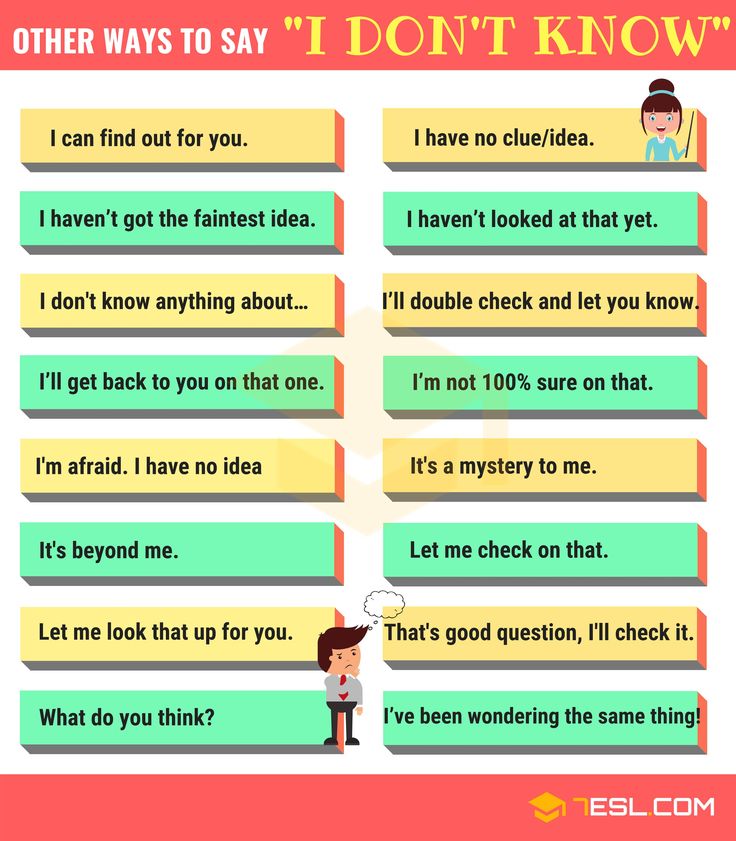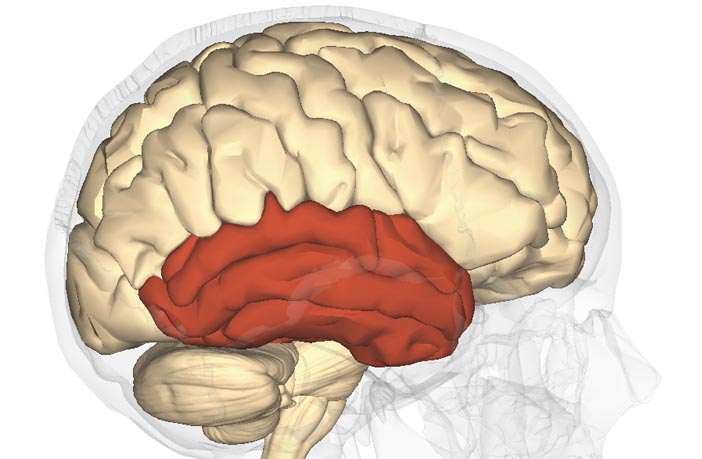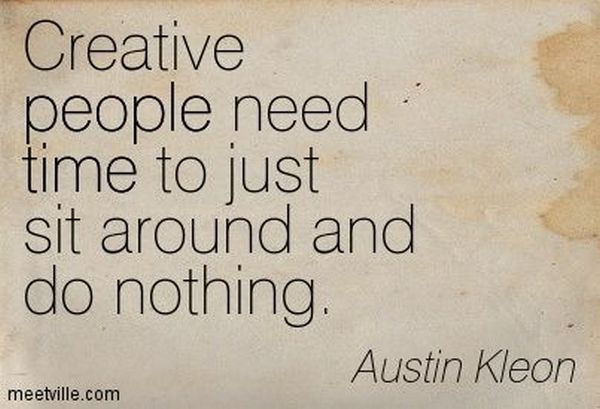Empowerment vs enabling
Empowering vs. Enabling
What amount of love does it take to say “No,” to set boundaries and allow for people to learn from the natural consequences of their actions?
Enough to fill an Olympic stadium. Hard to sit back and watch someone you love self-destruct before your eyes; especially if it is your child, regardless of age.
The parents of a mid-20’s man find themselves in that unenviable position. This intelligent, creative and loving young man is also, at times at the mercy of various mental health diagnoses including ADHD and OCD.
He has been in treatment, but is not always compliant with recommendations and is lax about keeping appointments. His parents and significant other are at their wits’ end in terms of how to successfully intervene as his choices and behaviors impact on them. While his intentions may be solid, his follow through is not. They question how they can demonstrate concern without crippling him. This situation is still unfolding.
A familiar story is that of a butterfly struggling to emerge from a chrysalis. A person witnesses it and attempts to help by cracking open the encasing structure. What they don’t know is that there is a natural process by which the creature pushes up against the shell which moves the fluid from the swollen body into the wings to assist them in spreading. By offering such help, that activity is halted and the butterfly limps around and then dies.
In much the same way, even out of compassion, we hobble those who struggle when we do for them what they are capable of doing for themselves.
A few years ago, a single mother had to face a difficult decision when her young adult son asked to move back in with her when he was in a highly dysfunctional relationship that was contributing to elevated levels of stress, as well as feelings of depression.
She was facing a health crisis and having him return would likely have exacerbated it. Mustering her fortitude and having learned about her own co-dependent behaviors, she said the one two letter word that is sometimes the most challenging. N-O.
N-O.
Although he attempted to convince her that it would a positive move for both of them, she stood her ground. Her position was reinforced by friends who were familiar with her circumstances. Several years later, both mother and son are glad that she made that painful choice. He was able to tough it out, left at the end of his lease, and is now in a healthy, loving relationship.
What is the difference between enabling and empowering?
Enabling is encouraging another to relinquish responsibility for feelings and decisions by taking over life tasks such as housekeeping, bill paying, waking up even after the alarm has been ringing for a while, getting to work or school on time, driving if they have become impaired.
It may also take the form of excusing outbursts or violence, since they relate it to intoxication or mental health diagnoses. These behaviors serve to continue the status quo.
Empowering allows for growth and independence and in many ways, helps to obliterate the otherwise self-sabotaging behaviors. There is risk involved in stepping back and allowing the ‘baby bird to leave the nest,’ since it will either fall or fly.
There is risk involved in stepping back and allowing the ‘baby bird to leave the nest,’ since it will either fall or fly.
Hard to say which is more difficult for a parent. If one is accustomed to making it too comfortable for their child, they may need to create a new role for themselves. There may also be push-back from the offspring, since what might have felt like a perpetual childhood, is vanishing.
A few questions to ask to determine if behaviors are enabling or empowering:
- Am I doing for them what they are able to do?
- Am I acting out of guilt and obligation?
- Am I walking on eggshells, fearful of reaction if I say no?
- Am I worried about them feeling rejected?
- What if they didn’t need me as much?
- Who am I if I am not a rescuer?
- Do they have a track record of success in one area that can translate into another?
- Can I reinforce their abilities if that is the case?
- Do I hold a vision for them of success?
- Do I have my own self- doubt that is contagious?
- Do I trust them to make good decisions?
- Do I want responsibility for another person beyond the point at which it is healthy for either of us?
- Do I want to be seen as the savior?
- Are there others who can offer support and assistance to this person?
- Can I help them put a plan in place to move forward?
- Have I used encouraging “I believe in you” language or discouraging, “Are you sure you can do this?” verbiage?
- Do I feel good about my decision?
- Is it in their best interest?
It is in alignment with the proverb that if you give someone a fish, they will eat for one day.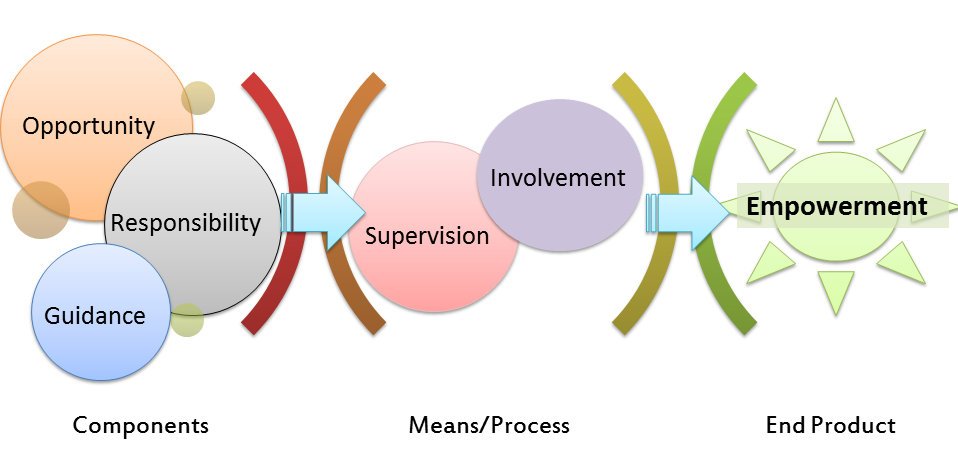 If you teach them to fish, they will eat for a lifetime.
If you teach them to fish, they will eat for a lifetime.
Encourage them to cast their nets far and wide and see the bounty they bring in.
Empowerment v. Enablement - A Leadership Conundrum
Leaders have important responsibilities placed upon them that naturally come with the job. Depending on the role a leader plays, these may vary, but one of the assumed responsibilities every leader has is the development of those around them.
Personal growth and development is not an occasional thing, and while each individual must accept responsibility for their own growth and development, they often look to their leader to provide opportunities to help them achieve it. Many leaders fall short, and this is often where the “leading vs. managing” discussion really begins. At the core of every opportunity to grow lies the decision to “empower” or “enable."
One of my best childhood friends lived in a house where his mother did everything for him. His responsibilities where literally just being a kid and enjoying life. No dishes, laundry, room cleaning, or bed making. The Lombardo household was quite the opposite. If the trash was full and I didn’t notice, there was likely some form of feedback coming from Mom or Dad. I used to be jealous of my friend’s situation - wishing I had it that “easy.” Then I went to college, and this amazing thing happened: I was able to keep a clean living space and take care of myself (laundry, food, and the like) while my friend was completely lost. He was literally in a world where he struggled to function with easy every day tasks.
No dishes, laundry, room cleaning, or bed making. The Lombardo household was quite the opposite. If the trash was full and I didn’t notice, there was likely some form of feedback coming from Mom or Dad. I used to be jealous of my friend’s situation - wishing I had it that “easy.” Then I went to college, and this amazing thing happened: I was able to keep a clean living space and take care of myself (laundry, food, and the like) while my friend was completely lost. He was literally in a world where he struggled to function with easy every day tasks.
In the most simple explanation, enabling is doing something challenging for another individual while empowering someone is teaching them to do it for themselves.
Let’s say you get a phone call from your rep asking a question about whether a certain widget works with a certain client or system. They have access to a reference tool that easily answers the question and a sales support team they can call, yet they seek help from you.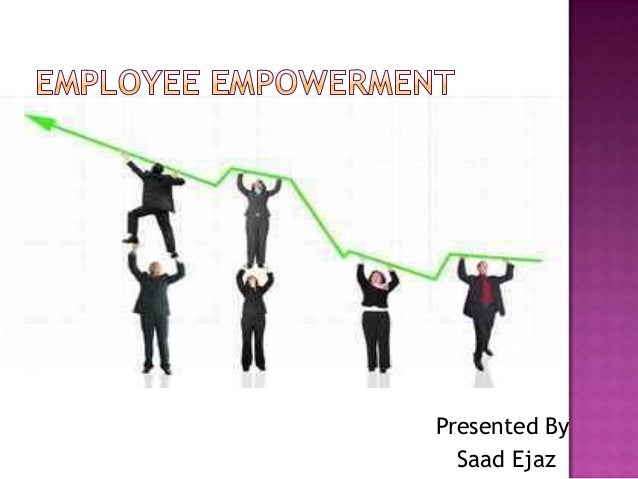 If you want to be like my friend’s mom, and create people who are dependent, go ahead and answer the question. If you want to coach independent thinkers, teach them where to get the information and tell them to go get it for themselves.
If you want to be like my friend’s mom, and create people who are dependent, go ahead and answer the question. If you want to coach independent thinkers, teach them where to get the information and tell them to go get it for themselves.
The real problem with the leader who enables is the scalability of their bandwidth. If you become the person your entire team depends on, your team can only get as big and productive as your work week can support. When you add middle management that copies this behavior, the same thing happens, just on a different scale.
Empowering people is the key to limitless potential. Empowerment gives people the tools, the power, and the opportunity to think and do for themselves. When you empower people, you develop independent thinkers and doers, creating possibilities to achieve at any level they desire. The leader who empowers is the leader who provides the path to for people to discover their own ability.
When considering all of the situations we encounter with our teammates, one might realize how frequently they occur.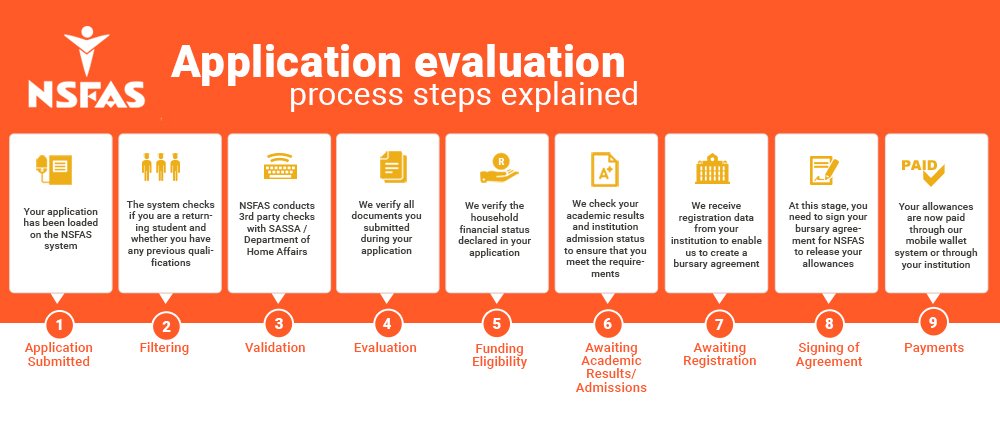 In fact, I bet that a sales leader encounters more than 2 or 3 dozen opportunities a day to ask questions or point people in the direction to solve a problem, rather than simply enabling and answering for them.
In fact, I bet that a sales leader encounters more than 2 or 3 dozen opportunities a day to ask questions or point people in the direction to solve a problem, rather than simply enabling and answering for them.
If you're wondering, “How do I recognize the difference between enabling and giving advice or coaching?” the answer is simple. If you are being asked to provide an answer, a solution, or a recommendation, stop and ask yourself this simple question: “Am I doing something for them, or am I giving them the tools to do it for themselves?” Within that answer lies the solution.
Next time your phone rings or your inbox dings with some need from someone around you, take the time to consider your answer. Make the choice to give people the power to become independent rather than giving the solution that makes them dependent. It is not only wise, but it is your responsibility as a leader to facilitate their personal development. It will make all the difference in the world as you build for the future.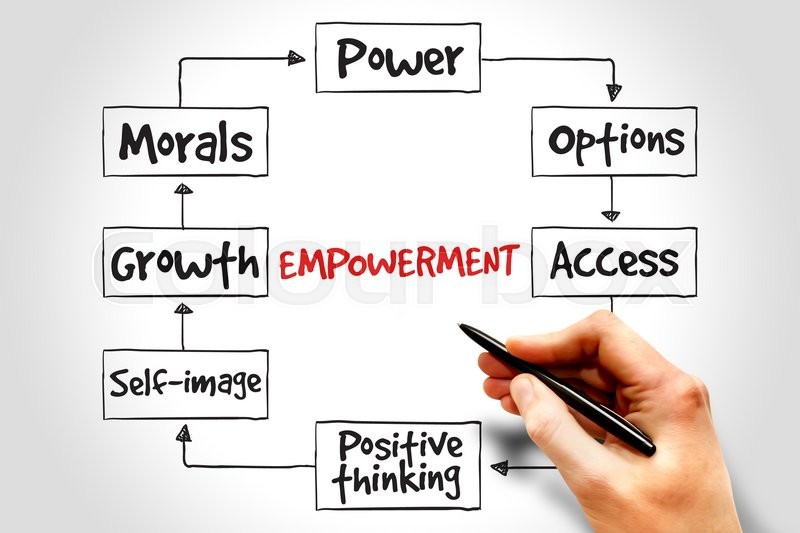
Women empowerment
- Home
- About our work
- Women empowerment
We work to ensure that women's priorities are central to decision-making at all levels relating to peace and security. To achieve this goal, we remove social, cultural and political barriers and protection risks that limit the full participation of women in the creation and maintenance of peace.
Women and men perceive conflicts differently and, consequently, evaluate the world differently. Recognizing these differences, known as gender, and incorporating them into all elements of UN peacekeeping operations is key to the success of United Nations peacekeeping efforts.
Peacekeeping operations are required to implement Security Council resolutions on women, peace and security across all functional areas of peacekeeping. The Department of Peace Operations (DPO) vision for gender and peacekeeping was established in Security Council resolution 1325 (2000), the first resolution to address the disproportionate and exclusionary impact of armed conflict on women.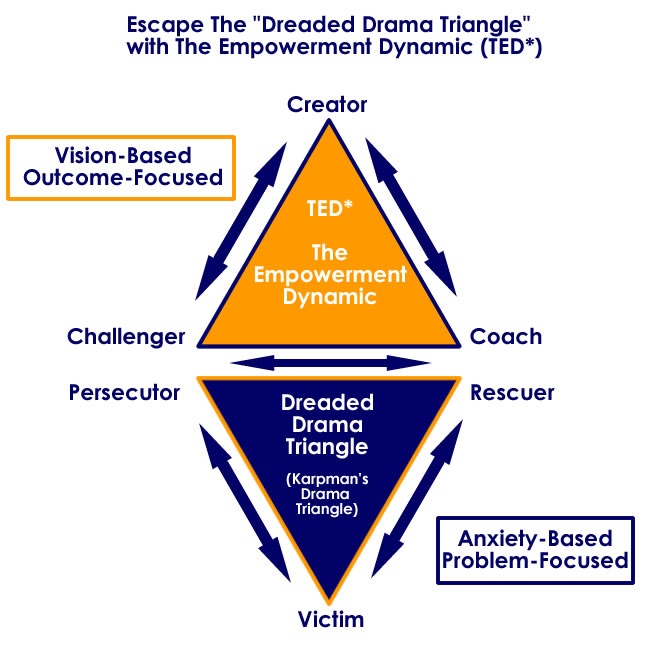 After that, eight more resolutions on women, peace and security were adopted (1820, 1888, 1889, 1960, 2106, 2122, 2242, 2467), which stress the importance of women's equal and full participation in conflict prevention and resolution; examines the impact of sexual violence on women's lives; the development and use of indicators and standards to track progress on women, peace and security issues, including sexual violence in conflict, are encouraged; calls for raising awareness of gender issues through the provision of training and capacity building for peacekeeping personnel, as well as engaging with civil society in a more inclusive manner and actively contributing to efforts to link the root causes of conflict with prevention and protection measures. To support this work, Gender Advisers have been deployed in peacekeeping missions to ensure gender mainstreaming in all functional areas of peacekeeping. The implementation of the Women, Peace and Security (WPS) priorities is a political commitment embodied in the Secretary-General's Action for Peacekeeping (A4P) initiative.
After that, eight more resolutions on women, peace and security were adopted (1820, 1888, 1889, 1960, 2106, 2122, 2242, 2467), which stress the importance of women's equal and full participation in conflict prevention and resolution; examines the impact of sexual violence on women's lives; the development and use of indicators and standards to track progress on women, peace and security issues, including sexual violence in conflict, are encouraged; calls for raising awareness of gender issues through the provision of training and capacity building for peacekeeping personnel, as well as engaging with civil society in a more inclusive manner and actively contributing to efforts to link the root causes of conflict with prevention and protection measures. To support this work, Gender Advisers have been deployed in peacekeeping missions to ensure gender mainstreaming in all functional areas of peacekeeping. The implementation of the Women, Peace and Security (WPS) priorities is a political commitment embodied in the Secretary-General's Action for Peacekeeping (A4P) initiative.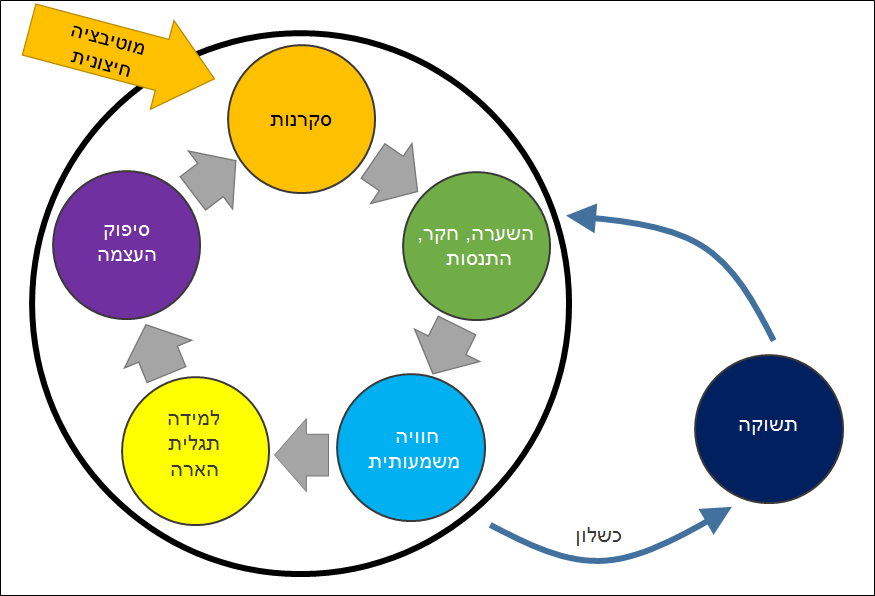 This initiative is further confirmation that the full, equal and meaningful participation of women in peace processes and political decision-making is essential for effective peacekeeping.
This initiative is further confirmation that the full, equal and meaningful participation of women in peace processes and political decision-making is essential for effective peacekeeping.
How do UN peacekeeping operations mainstream gender into their work?
Mainstreaming a gender perspective ensures that the impact of conflict on women and men in post-conflict situations and their contribution to conflict resolution and peace is fully recognized. Mainstreaming gender equality and the principles of the women, peace and security resolutions into all aspects of peacebuilding is essential to sustainable peace and security.
The Department of Peace Operations promotes gender equality through a variety of approaches, including through its gender mainstreaming strategy. We encourage you to review the DIR/DOS Policy on Gender Equality in Peacekeeping Operations and the DIR/DOS Gender Strategy for an in-depth understanding of how gender is mainstreamed in all areas of our work, including reform security sectors, disarmament, demobilization and reintegration, and police and military personnel.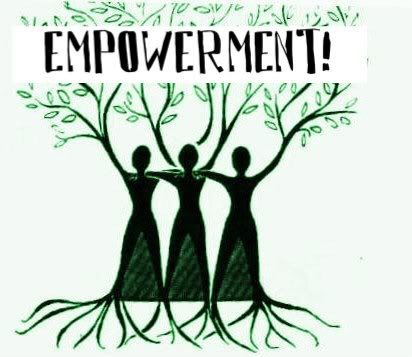
2020 marks the 20th anniversary of the adoption of United Nations Security Council Resolution 1325. The Department of Peace Operations (DOP) sees this as an opportunity to raise awareness of the commitment to WPS. WWW pays tribute to women leaders and women's organizations as true guardians of the WPS agenda and key partners in its practical implementation. Check out the reflections of women leaders from Mali, South Sudan and the Central African Republic for more information on DIR's collaboration with them.
How do peacekeeping missions mainstream gender?
Gender advisers have been deployed in all multidimensional peacekeeping missions to oversee gender mainstreaming activities in accordance with the mandates of the Security Council resolutions on women, peace and security. Gender Advisers and their teams work tirelessly to ensure that the voices, needs and priorities of women and girls are taken into account in all areas of peacebuilding to promote their political participation and ensure their protection from sexual and gender-based violence.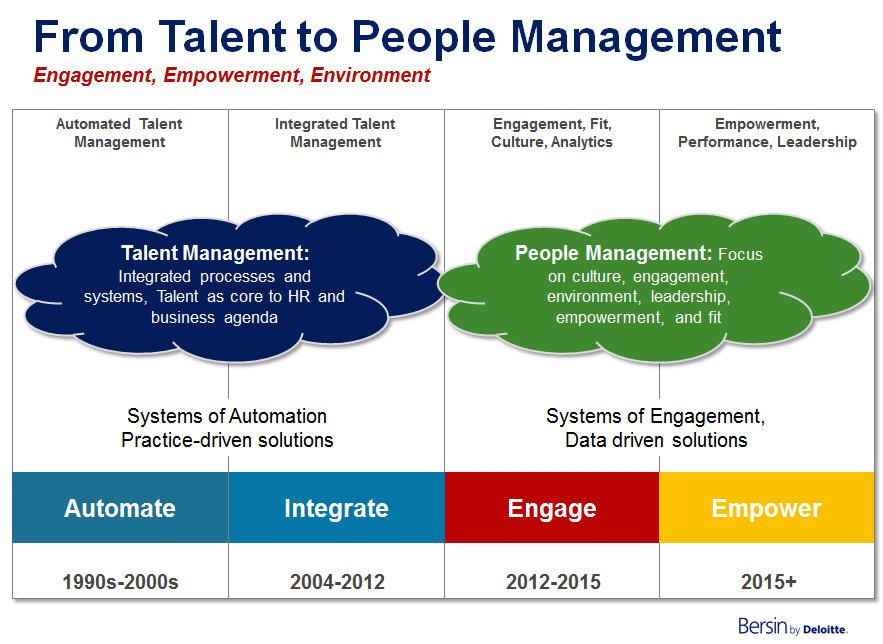
The work of the Gender Advisers is to:
- provide guidance and direction to the gender contextual analysis process;
- support for local women to participate in peace processes;
- coordinate efforts to protect women and girls from sexual and gender-based violence;
- promoting and encouraging the inclusion of women in political and electoral systems;
- Support for the disarmament of female combatants through disarmament, demobilization and reintegration programmes;
- Development and implementation of programs to build capacity on gender issues and mainstream women's voices in legal and judicial procedures.
Reports from the field
Check out examples of peacekeepers working to empower women and implement Security Council resolution 1325.
- UNAMID. In Darfur, the Gender Group established committees in accordance with UN Security Council Resolution 1325 to monitor governments' implementation of their obligations under resolution 1325 and to ensure that women's experiences are taken into account in peace and security initiatives.
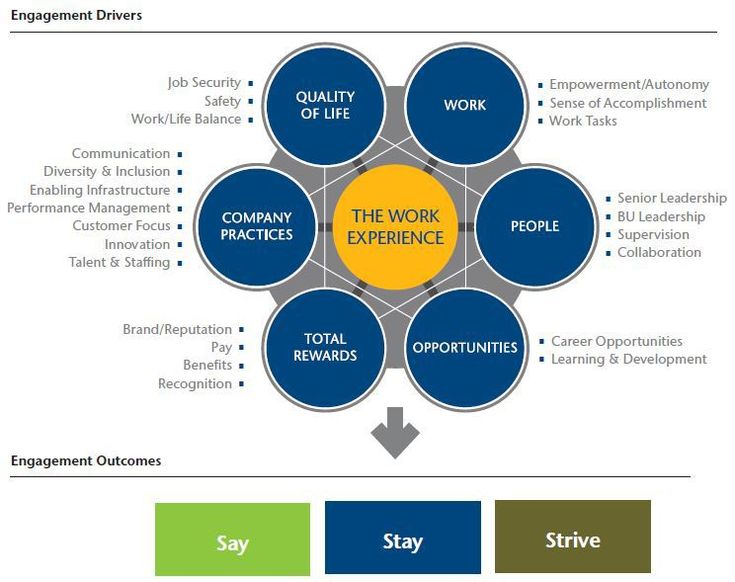
- MINUSTAH. In Haiti, the mission's radio station, MINUSTAH-FM, broadcasts a weekly program on gender issues (for example, during the election campaign, this program focused on women's participation in elections and encouraging them to vote).
- MONUSCO. In the Democratic Republic of the Congo, women's civil society organizations often participate in grass-roots advocacy mechanisms, such as local advocacy committees, as part of efforts to build community resilience.
- MINUSCA. In the Central African Republic, we have identified the protection needs of female ex-combatants and have taken initiatives to create an environment that helps women learn skills to earn their own income so that they can get a job and not take up arms.
- UNMIL. In Liberia, the Office of Public Information conducts advocacy through the use of "traditional communicators" and through the dissemination of educational and other materials to raise community awareness of sexual and gender-based violence.
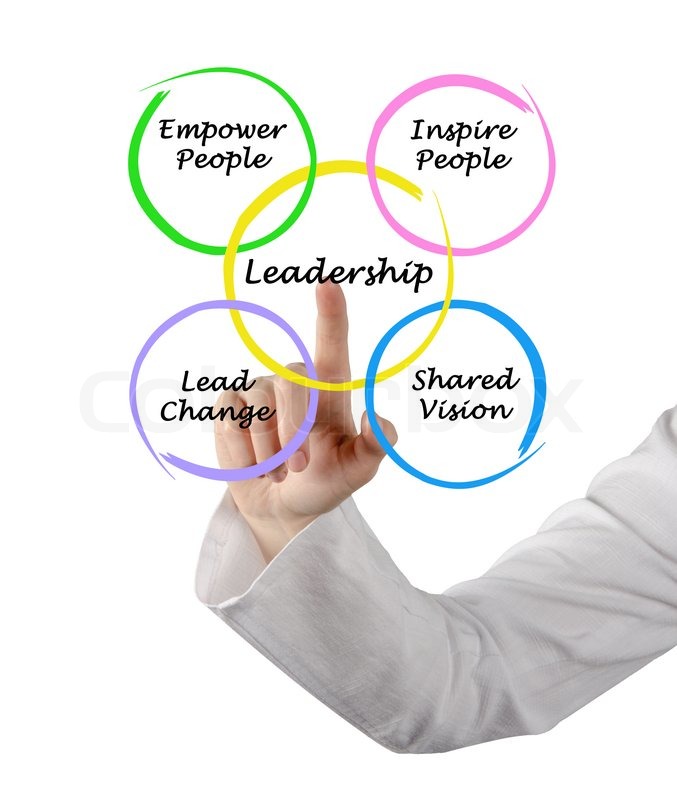
- MINUSMA. In Mali, the Gender Action Team supported the participation of women in the drafting and dissemination of the text of the Malian Charter of National Reconciliation.
- UNFICYP. In Cyprus, the mission organized a series of round tables on combating violence against women and women's participation in peacebuilding, with the participation of women's organizations from the Turkish Cypriot and Greek Cypriot communities.
- UNMIK. In Kosovo, UNMIK radio station Ophelia broadcast programs in Albanian, Serbian and English, including programs on women's property rights in Kosovo.
- The United Nations Mission in South Sudan (UNMISS) hosted subnational and national level forums for women leaders and women's organizations to discuss the peace agreement and develop strategies to ensure the implementation of gender-related provisions.
- UNIFIL. In Lebanon, our gender expert is reviewing quick-impact projects to ensure that women-friendly projects are included.

Women empowerment strengthens states
Imagine that every year a city of almost four million people disappears from the face of the earth. For example, Los Angeles, Johannesburg or Yokohama. It will be hard not to notice such a loss.
Meanwhile, almost unnoticed is the fact that developing countries “miss out” almost four million girls and women every year, when compared with the situation with female mortality in developed countries. About 40 percent of them are not born at all; one sixth die in early childhood, and more than a third - in reproductive age.
According to a new World Bank report, high mortality rates are just one of the obstacles to gender equality. Achieving equity is not just the right development goal. It is also a reasonable approach to economics. How can a country realize its full potential if it ignores, limits opportunities or does not invest in the development of half of its population?
Over the past 25 years, countries around the world have taken significant steps to reduce the gaps between men and women in education, health and labor market participation.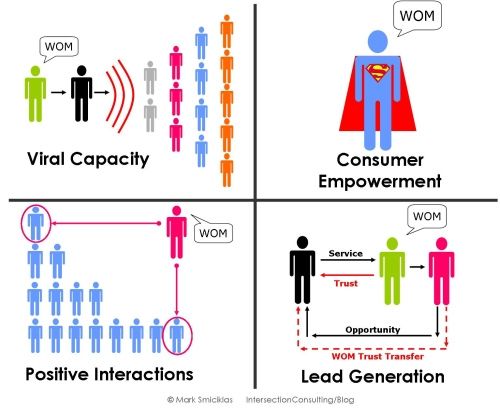
Girls and boys in most developing countries now have equal access to primary education; in one third of these countries, the number of girls in secondary school exceeds that of boys. At the tertiary level, female students outnumber male students in more than 60 countries.
Women use their education to expand their participation in the workforce outside the home, beyond just housework and child rearing, and participate in the development of their community, country and society. Women now account for over 40 percent of the global workforce and make up a significant proportion of entrepreneurs and farmers around the world.
The pace of change is surprising: for example, Morocco managed to increase girls' schooling in just ten years, while it took the United States of America 40 years to do so.
However, when considering other aspects of gender equality, a less rosy picture emerges.
Poor girls who live in remote areas or belong to ethnic minorities have far fewer opportunities to attend school than boys.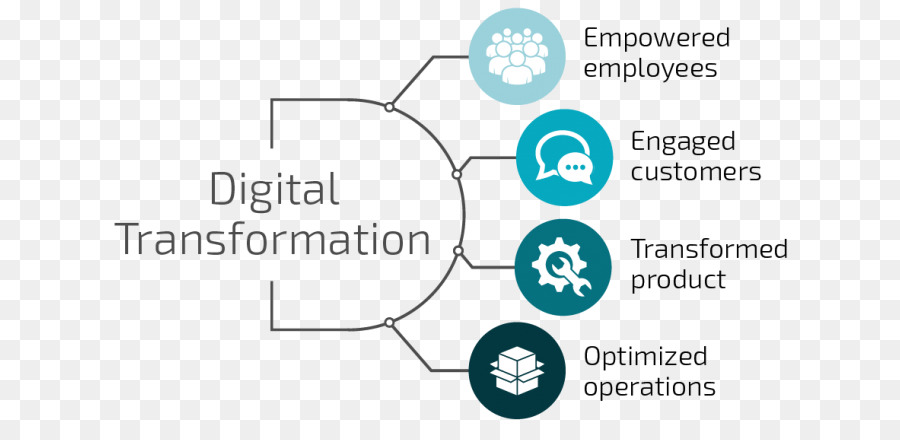 Women are more likely than men to work in low-paid jobs, cultivate smaller plots of land, and run smaller firms in less profitable areas.
Women are more likely than men to work in low-paid jobs, cultivate smaller plots of land, and run smaller firms in less profitable areas.
Whether they work as workers, farmers or entrepreneurs, women are paid less than men for their work: 20 percent less in Mexico and Egypt; 40 percent less in Georgia, Germany or India; 66 percent less in Ethiopia. Women, especially those from the poor, are less likely to be considered in decision-making and have less power than men to exercise control over household resources. Women are less influential and participate much less than men in society, business and politics, and in this sense the differences between rich and poor countries seem insignificant.
Keeping the “level playing field” for men and women holds great potential.
Talk to Juliana Omalla, for example. In 2007, this Ugandan businesswoman had difficulty getting a loan. And she is not alone. According to our survey, almost 40 percent of registered businesses in Uganda are owned by women, but they account for less than 10 percent of commercial lending.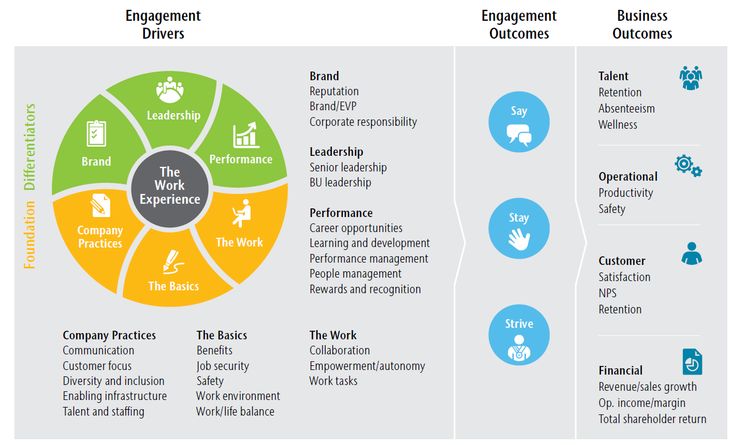 After Omalla gained access to credit through Uganda's DFCU Bank and the World Bank Group's International Finance Corporation (IFC), which works with the private sector, her food and non-alcoholic beverage company began to prosper. It now employs hundreds of people.
After Omalla gained access to credit through Uganda's DFCU Bank and the World Bank Group's International Finance Corporation (IFC), which works with the private sector, her food and non-alcoholic beverage company began to prosper. It now employs hundreds of people.
Much more can be done to overcome the economic marginalization of women.
For example, ensuring that male and female farm workers have equal access to fertilizers and other inputs can increase agricultural yields by 11 to 20 percent in most African countries. Removing barriers that prevent women from participating in economic activity in certain sectors and fields of activity can raise labor productivity per worker by between three and 25 percent, depending on country-specific conditions. Law reforms that give women the right to own land and businesses or inherit property can unlock their potential, allowing them to become agents of economic change.
Evidence shows that giving women the right to manage resources benefits not only themselves, but also their children. This increases the child's chances of survival, staying healthy, getting good nutrition and doing well in school.
This increases the child's chances of survival, staying healthy, getting good nutrition and doing well in school.
Empowering women to use their talents and knowledge can increase the competitiveness of countries and support economic growth, a valuable and underutilized resource in a volatile global economy. During the financial crisis of 2008, women's income helped many families survive, so it is important to ensure that women's productivity and income are not held back by market or institutional barriers or outright discrimination.
This problem is not limited to developing countries. Worldwide, one in ten women experience sexual or physical violence in their lifetime, either by their partner or someone they know.
A new World Bank report highlights four areas of action that should be given special attention: drinking water and maternal health, as well as addressing persistent inequalities in education through the use of targeted programs;

We have seen that increased policy attention pays off. Building partnerships that include families, the private sector, governments, development agencies, faith-based groups and civil society groups provides the most solid basis for finding sustainable solutions.
Even in the most traditional societies and the poorest villages, I have observed how women's ability to earn more money for their families quickly overcame suspicious or even initially hostile attitudes on the part of men.
However, changing attitudes often occur during the implementation of a project. The poorest countries can achieve much more with financial assistance. The World Bank will invest in gender equality, partly because investments in this area bring great economic returns.
Achieving gender equality is not only the right development goal, it is also a sound economic approach.
Robert B. Zoellick is President of the World Bank Group. Her new World Development Report, Gender Equality and Development, saw the light of day on Monday.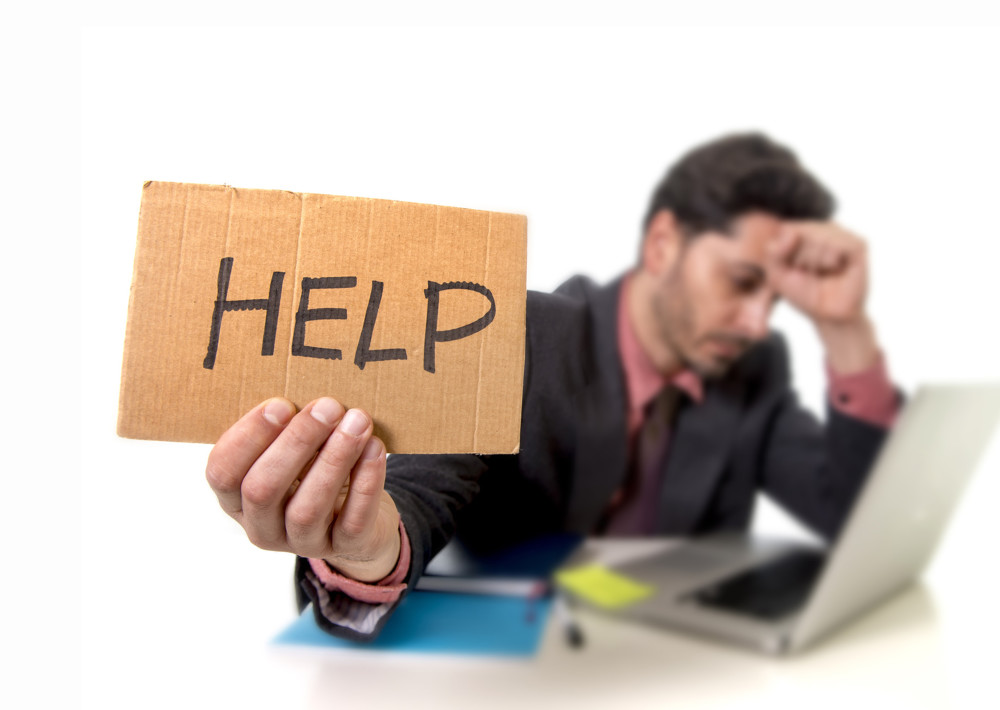
Learn more
